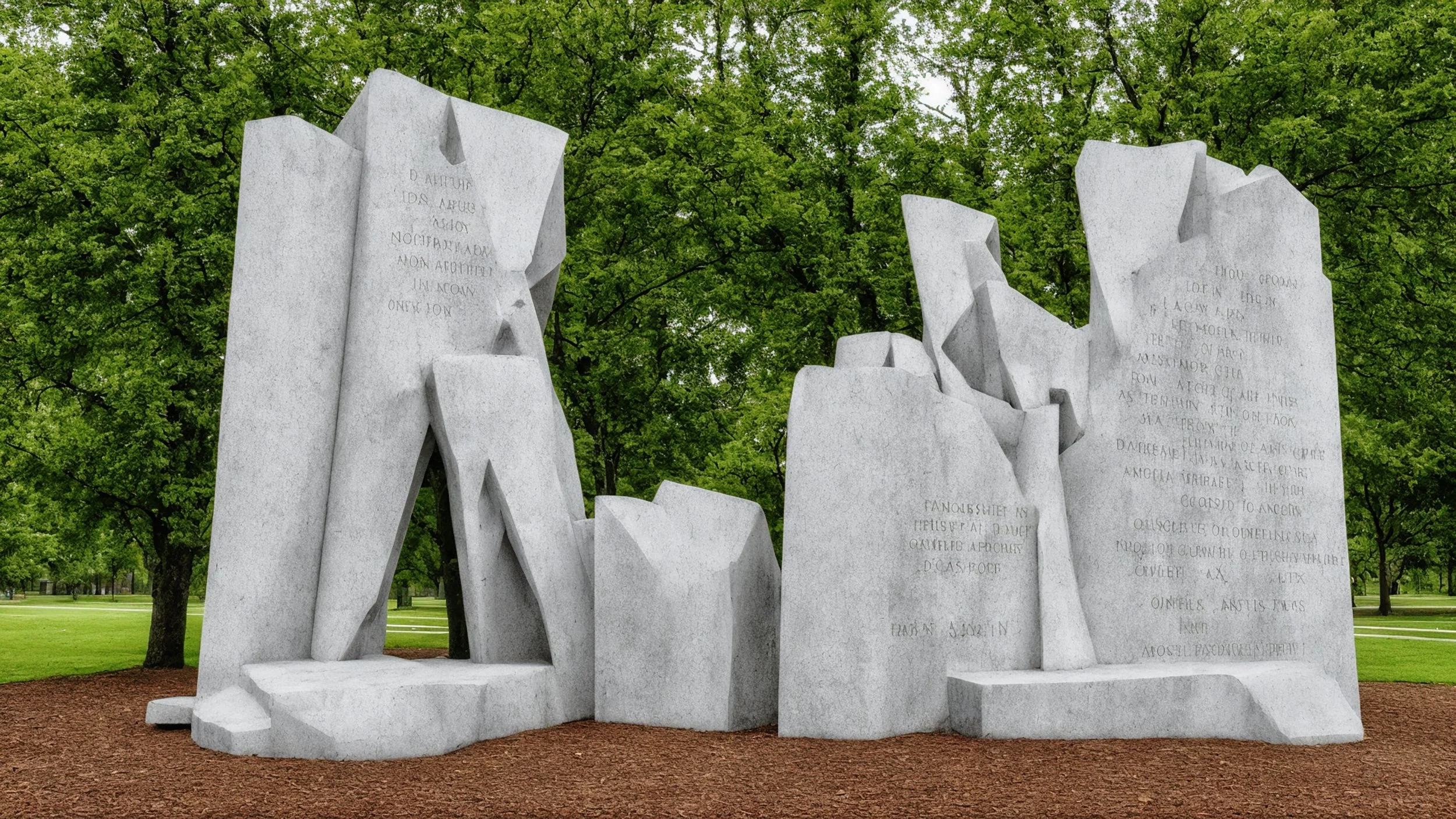Monument Park
 When the Berlin Wall fell and the USSR atomized, the former soviet states had a number of decisions to make. How to price a loaf of bread? How to restore private property rights and to whom to convey them? How to bring underground culture above ground? And what to do with all the damned statues?
When the Berlin Wall fell and the USSR atomized, the former soviet states had a number of decisions to make. How to price a loaf of bread? How to restore private property rights and to whom to convey them? How to bring underground culture above ground? And what to do with all the damned statues?
The internet is rife with photos of monuments to Lenin and Stalin being brought down in the early 1990s, much as it is now littered with photos of confederate statues and other symbols of colonialism being defaced and removed around the world in the early 2020s. In both case, there were a lot of those statues.
Not all statues come down, and even when they do, what to do with them has been subject to much debate. In the former Soviet Union, different countries wrestled differently with broader questions of identity and self-determinism, which, in turn, let to different viewpoints about the statues. On one hand, the monuments were odious reminders of an odious era that deserved only to be melted down in an act of catharsis and exorcism. On the other hand, they were artifacts of an era that clearly existed, at least for a time, and stood as important art of the era. Maybe not all of them, but at least several. Perhaps they belonged in museums.
On yet a third hand, and nowhere more than in Hungary, they could be viewed as reminders of an era that should never recur. Not destroyed, not venerated as great art, but not out of sight, either. Budapest, famously, is now home to a Museum of Torture, not created for sadists or gawkers, but built as a monument itself to the horrors of the Soviet era as experienced by ordinary citizens, lest those citizens’ become too nostalgic for aspects of harsh soviet rule that seemed preferable to the messiness of democracy. Nearby, the “best” of the Soviet-era monuments from throughout Hungary now inhabit a beautiful suburban park: Memento Park.
 With the possibility of a second Trump term looming in the U.S., and an increasing flood of reports of people nostalgic for the “good” aspects of Trump’s first term, Rappaport found himself thinking a lot about Hungary and Memento Park. What would statues to the Trump era look like? What would they represent? How could they remind us of what we thought we had put behind us? How could they say “Never again?”
With the possibility of a second Trump term looming in the U.S., and an increasing flood of reports of people nostalgic for the “good” aspects of Trump’s first term, Rappaport found himself thinking a lot about Hungary and Memento Park. What would statues to the Trump era look like? What would they represent? How could they remind us of what we thought we had put behind us? How could they say “Never again?”
The images in this series, created by a combination of imagination and AI image generators, represent Rappaport’s imagined installation, not far from Washington DC: Monument Park.
The full set of images from the series will be published as a book.
Example Images

Monument Park Main Entrance

Monument #22-346 (Russia, Russia, Russia)

Monument #25-331 (They Let You Do It)

Monument # 03-113 (Dictator on Day 1)

Monument # 14-426 (Melania)

Monument #04-166 (Lock Her Up)

Monument #166-181 (January 6)

Monument #23-278 (Find Me 11,000 Votes)

Monument #128-278 (Hang Mike Pence)

Monument #55-411 (Wrapped in the Flag)

Monument #02-725 (Injecting Bleach)

Monument #05-151 (Hannibal Lecter)

Monument #39-293 (MAGA Hats)

Monument #19-298 (Broken World)

Monument #04-226 (Playin' with Putin)

Monument #226-346 (Family Separation)

Monument #95-271 (Red Tie)

Monument #71-392 (Brett Kavanaugh)

Monument #126-704 (Abandoned Nuclear Pacts)

Monument #14-298 (Ignoring Global Warming)

Monument #180-146 (January 6)

Monument #26-252 (Corporate Tax Cuts)

Monument #177-395 (Border Wall)

Monument #80-276 (NRA)

Monument #23-773 (Friends)

Monument #12-155 (Stephen Miller)

Monument #69-385 (We Bought Greenland)

Monument #25-841 (Flag Desecration)

Monument #19-787 (Corporate Greed)

Monument #41-293 (MAGA Hats)

Monument #00-355 (Chaos)

Monument #105-405 (Climate Denial)

Monument #52-320 (School Shooting)

Monument #01-132 (Central Park 5)

Monument #42-281 (School Shooting)

Monument #212-305 (Damaged Liberty)

Monument #43-750 (Income Inequality)

Monument #11-344 (union Busting)

Monument #107-409 (Filling Court Vacancies)

Monument #269-192 (Abandoned and Overgrown)